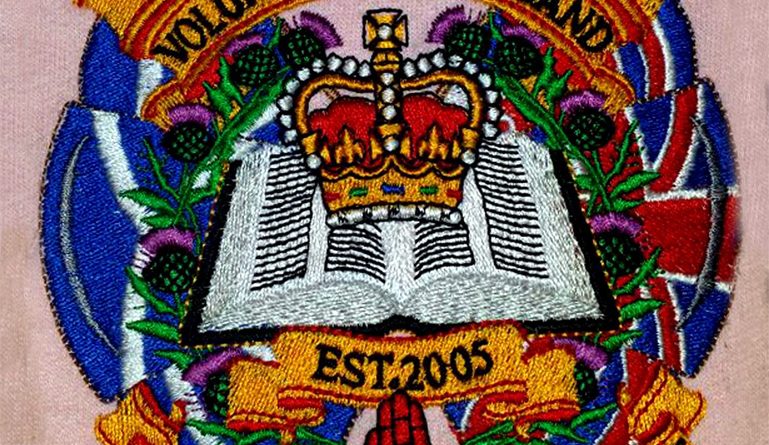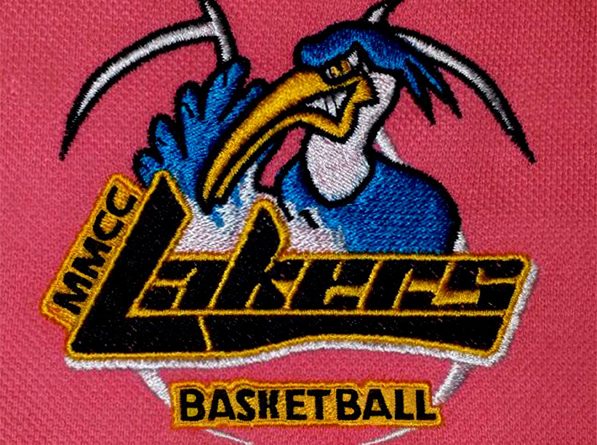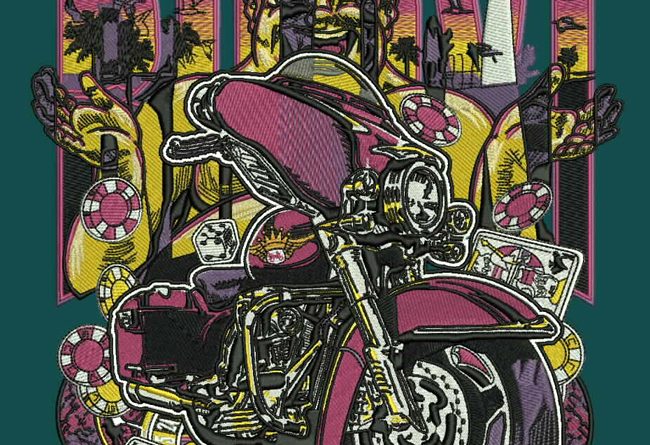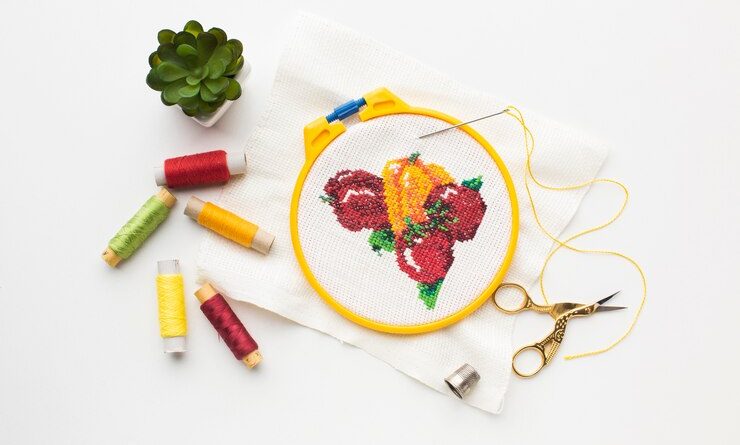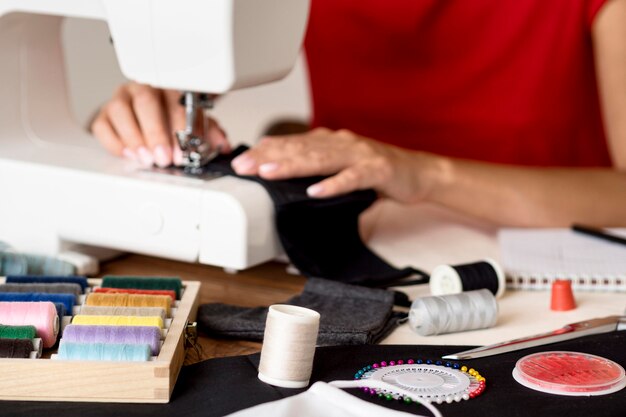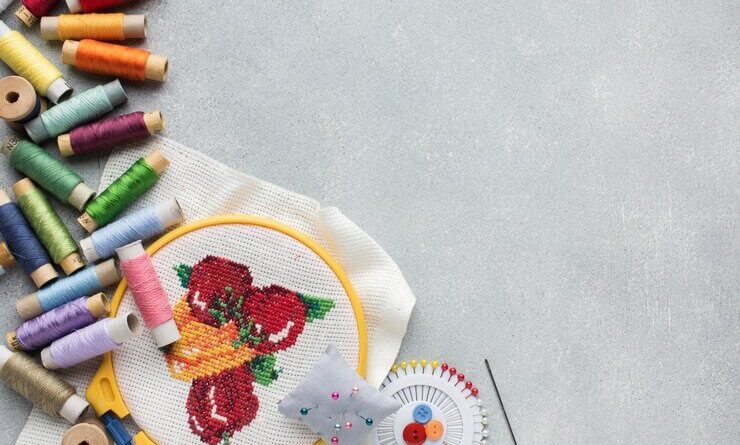The Importance of Quality in Logo Digitizing: Why Affordable Doesn’t Mean Cheap
In today's digital age, a company's logo is often its first point of contact with potential customers. It's the visual representation of the brand, conveying its essence, values, and identity in a single glance. With the increasing demand for digitized logos, businesses are turning to affordable logo digitizing services to streamline their branding efforts. However, the allure of low prices should not overshadow the importance of quality in logo digitizing.
Logo digitizing is the process of converting a company's logo into a digital format that can be easily reproduced on various mediums such as websites, social media profiles, promotional materials, and merchandise. While affordability is undoubtedly a crucial factor for businesses, opting for cheap logo digitizing services solely based on price can have detrimental effects on the brand's image and reputation.
One of the primary reasons why quality matters in logo digitizing is brand consistency. A poorly digitized logo can appear pixelated, distorted, or unrecognizable, leading to inconsistencies across different platforms and mediums. This lack of consistency can undermine the brand's credibility and professionalism, ultimately eroding customer trust and loyalty. Affordable logo digitizing services that prioritize quality ensure that the logo maintains its integrity and clarity across all applications, reinforcing brand recognition and recall.
Moreover, quality logo digitizing goes beyond mere conversion; it involves meticulous attention to detail and precision. Skilled digitizers use advanced software and techniques to accurately replicate the intricate elements of the logo, such as typography, colors, gradients, and intricate designs. By preserving the nuances of the original logo, high-quality digitizing enhances its visual appeal and impact, making it more compelling and memorable to the audience.
Affordable logo digitizing services that prioritize quality also offer customization options to meet the unique needs and preferences of each client. Whether it's resizing, color adjustments, or adding special effects, these services ensure that the digitized logo aligns seamlessly with the brand's aesthetic and messaging. By providing tailored solutions, businesses can maintain brand cohesiveness and differentiation in a crowded marketplace.
Furthermore, investing in quality logo digitizing can yield long-term cost savings for businesses. While cheap digitizing services may offer initial cost savings, they often result in subpar outcomes that require frequent revisions or corrections. These additional expenses, coupled with the potential damage to the brand's reputation, far outweigh the initial savings. On the other hand, affordable logo digitizing services that prioritize quality deliver superior results from the outset, reducing the need for costly revisions and ensuring a higher return on investment in the long run.
Additionally, quality logo digitizing enhances the versatility and scalability of the brand's visual assets. A well-digitized logo can be effortlessly resized and adapted to various dimensions without compromising its clarity or legibility. This flexibility is especially crucial in today's digital landscape, where brands need to maintain a consistent presence across multiple platforms and devices. Affordable logo digitizing services that deliver quality results empower businesses to adapt to evolving marketing trends and seize new opportunities for growth and expansion.
In conclusion, while affordability is undoubtedly a consideration when choosing logo digitizing services, it should not come at the expense of quality. Affordable logo digitizing services that prioritize quality offer numerous benefits for businesses, including brand consistency, visual appeal, customization options, long-term cost savings, and scalability. By investing in quality logo digitizing, businesses can enhance their brand's image, build customer trust, and position themselves for sustained success in the competitive marketplace.


